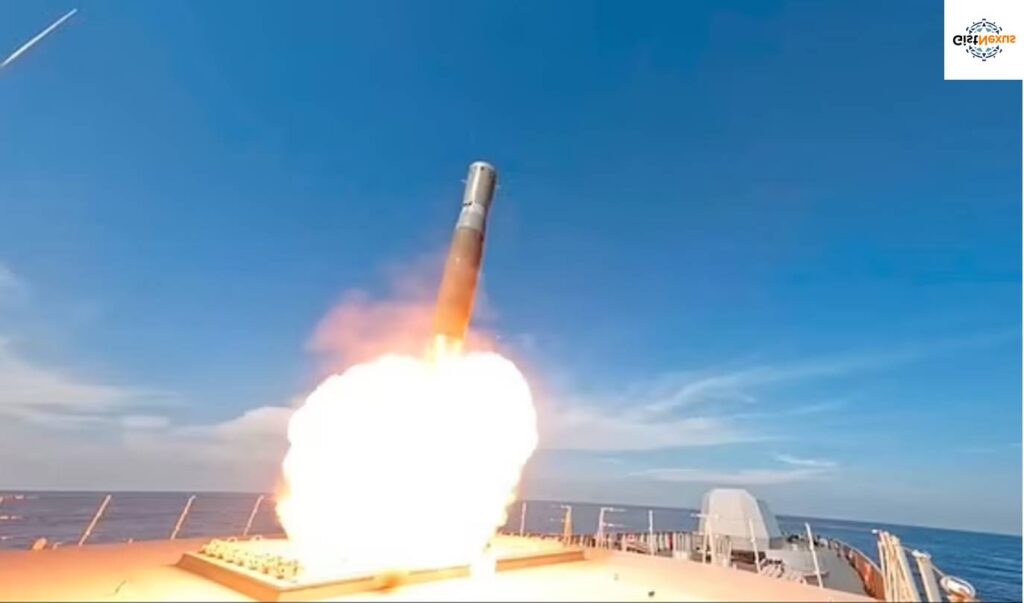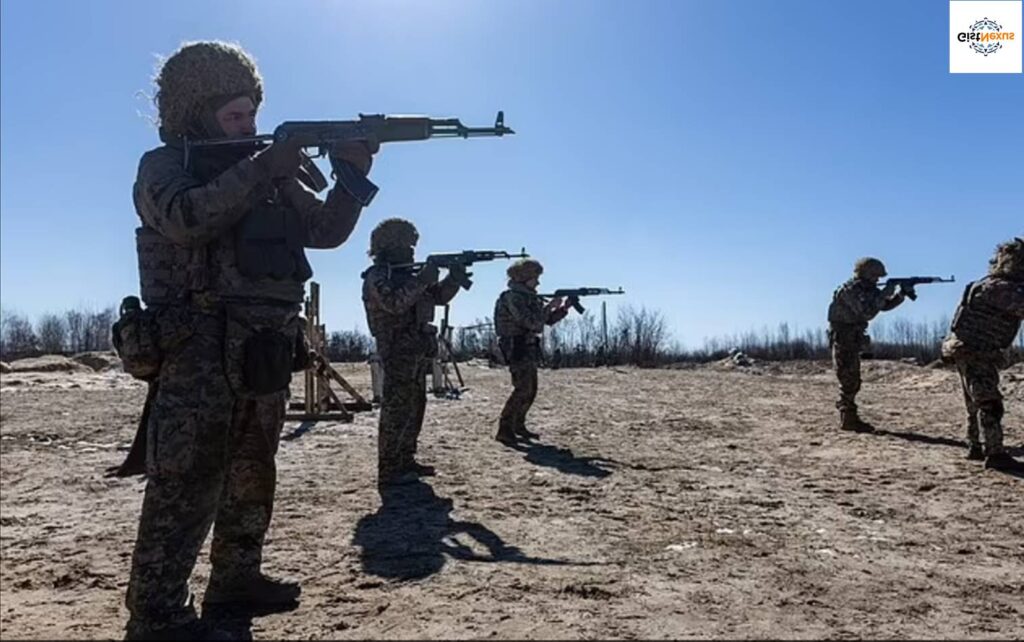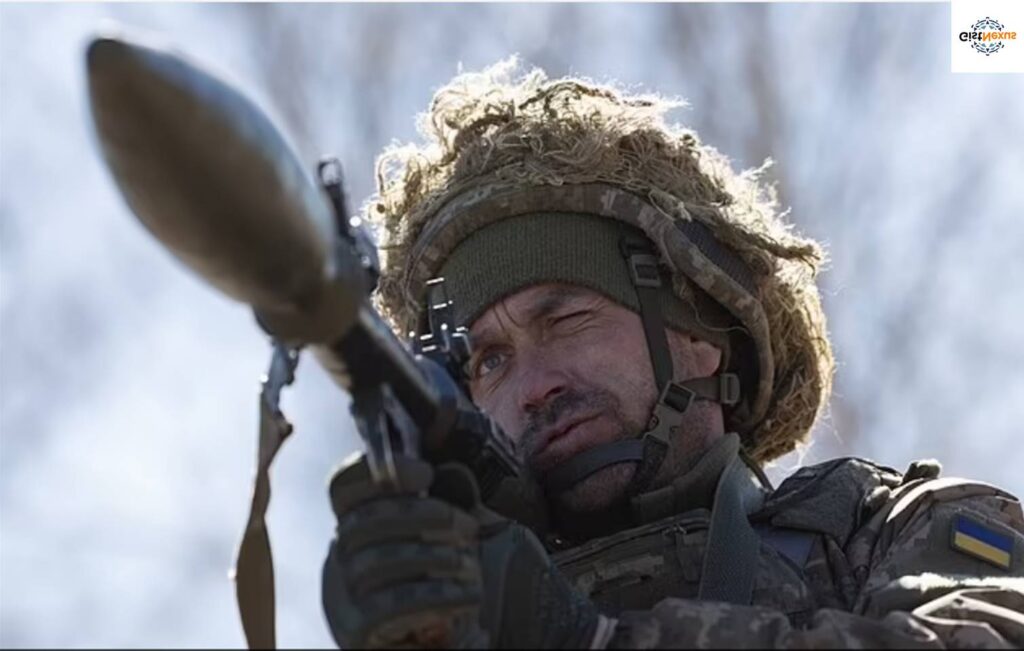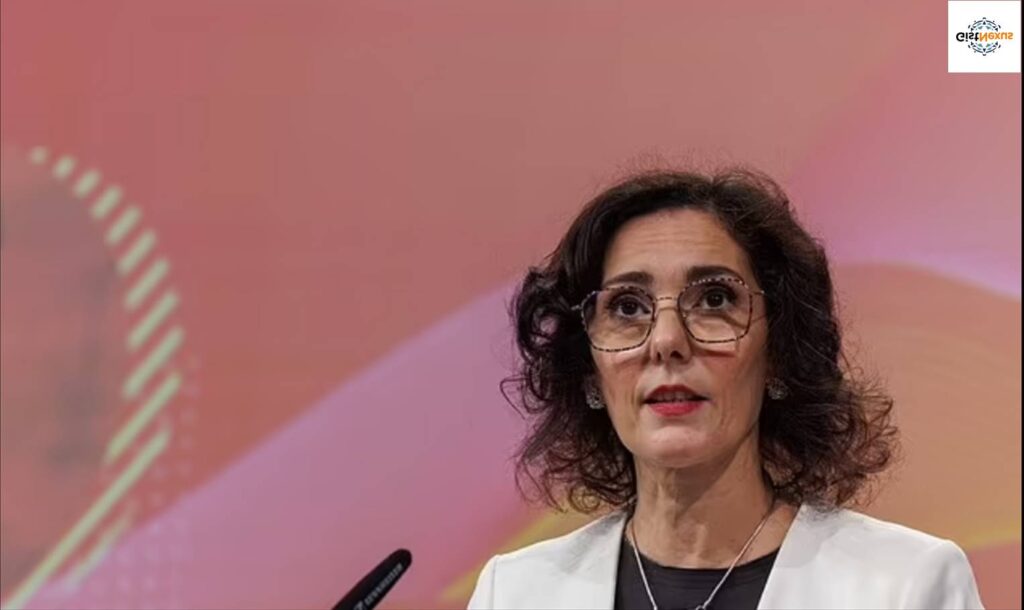GistNexus – March 26, 2025.
As a response to increasing global tensions and the conflict in Ukraine, the European Union (EU) is urging all of its citizens within its 27-member bloc to be prepared for emergencies by assembling a 72-hour survival kit. The move is part of a broader plan to help the continent remain resilient in the event of war, natural disasters, or other large-scale emergencies.

EU’s Preparedness Strategy
Based on the information reaching GistNexus, the strategy is to be officially presented by EU Crisis Management Commissioner Hadja Lahbib, will equip every European household to last at least 72 hours on their own without external assistance. The strategy puts the focus on heightened fear within the EU about the potential for widespread conflict and the possibility of a broader war sweeping across the continent. The plan is centered on self-sufficiency and attempts to minimize panic during emergencies, something that was particularly widespread during the early stages of the COVID-19 pandemic, when empty shelves became common in many stores as consumers engaged in panic buying.
Related News
Ukraine and Russia have Reached Black See CeaseFire Agreement, US Reports
Ukraine has Accepted 30 Days Ceasefire in a Peace Deal Brokered by U.S
Lahbib described why the strategy was being implemented, stating, “Knowing what to do in case of danger, gaming out different scenarios, that’s also a way to prevent people from panicking.” She stated also that the project would complement national preparedness, making citizens across the EU thoroughly well-prepared and well-equipped to handle crises.

What’s in the Survival Kit?
Under the EU’s proposal, residents will be urged to stock up a dozen of the most essential items in their “resilience kit.” Some of these essentials include matches, a flashlight, bottled water, energy bars, and identification papers stored in a waterproof container. These mundane things are meant to supply people and households with the equipment they require to survive for three days if there is a crisis, either because of war, natural disasters, or other disaster events.
Whereas the checklist in the kit would look quite elementary, the EU focus on readiness comes from the rising security issues besieging the continent. In addition to content that is tangible, however, the movement also advocates for preparedness of mind by citizens towards some potential crisis and remaining cool headed in the event of calamity.

Growing Fears of Global Warfare
The EU’s survival kit campaign is directly linked to the increasing conflict in Ukraine and fears that the war can spread beyond its existing borders. European leaders have warned that if Russia’s invasion of Ukraine is not contained, the war could soon become a broader global war. French President Emmanuel Macron recently commented on the threat of the war spreading, stating, “The Russians have globalized the war in Ukraine.”
Related News
Ukraine and Russia have Reached Black See CeaseFire Agreement, US Reports
Ukraine has Accepted 30 Days Ceasefire in a Peace Deal Brokered by U.S
Macron’s warning is an indication of the increasing fear in Europe of the potential impact of the war. As Russia continues its aggression, European leaders fear that the war will spread to other countries, creating widespread instability across the continent. The EU’s strategy of preparedness is seen as a major step in reducing the impact of such an occurrence.

European Nations Taking Action
While the EU has officially adopted the survival kit idea, some nations in Europe have been working on getting their citizens prepared for potential crises beforehand. Scandinavian nations, for example, have been leaders in getting their publics prepared.
In Norway, there have been mass evacuation drills in several of the country’s northernmost municipalities, as the people who reside there are more exposed due to their proximity to potential zones of conflict. The inhabitants of these towns have already received survival manuals, and the government has been actively enlightening the residents of the necessity of self-sufficiency in times of emergency.
Sweden has also released pamphlets, entitled “If Crisis or War Comes,” and have provided advice on what to do during crisis times. Finnish citizens have been told to prepare for “incidents and crises” that could arise in the country. Danish authorities have also issued public announcements last summer urging people to stock up on water, food, and medicine ahead of time in case of up to three days’ crisis.
France’s Own Survival Manual
France, in fact, has begun the process of releasing a full-fledged survival manual to every home in the country. It not only provides tips on how to prepare a survival kit, as outlined in the EU directive, but it also contains a section detailing how to defend the country in the event of an invasion. The government of France has recommended people store six liters of water, canned goods, batteries, and essential medical materials, so people are able to take care of themselves in the case of an emergency.
These programs are all part of the broader EU strategy, as European governments across the board recognize the importance of being ready in the face of growing geopolitical uncertainty. Governments, through publishing survival manuals and promoting self-sufficiency, are attempting to render their citizens capable of coping with whatever comes their way.
The Role of the EU Commission
In addition to issuing its own proposals, the EU Commission has been under pressure from lawmakers to do more in preparing citizens to deal with crises. A letter of recent submission to EU Commission President Ursula von der Leyen from three centrist lawmakers who are members of Renew Europe urged the Commission to do more. They requested that a comprehensive guide be made available to all EU homes with clear instructions on how to prepare for all types of emergencies, ranging from armed conflict and climate crises to pandemics and cyberattacks.
The lawmakers emphasized ensuring that the citizens are not only given material resources but also the information and counsel needed to manage potential crises. “It is crucial that our citizens know how to respond during times of crisis, whether it is a war, an epidemic, or a cyber attack,” the letter said.
Related News
Ukraine and Russia have Reached Black See CeaseFire Agreement, US Reports
Ukraine has Accepted 30 Days Ceasefire in a Peace Deal Brokered by U.S
EU Defense Strategy and Increasing Spending
The call for increased public readiness comes at a time when EU member countries are also revamping defense policy. With ongoing tensions between NATO and Russia, European countries are increasing defense spending and reinforcing military alliances. With an emerging consciousness that the current security setting is unstable and EU member countries must strengthen armed forces to ensure defense of European borders, there is a growing recognition of this need.
The Ukrainian conflict has encouraged many countries to review their defense policy. While the NATO allies have insisted on more collective response to Russian aggression, the EU has been looking for opportunities through which it can make maximum contribution towards regional collective defense. Many EU member states, particularly those in the Eastern part of Europe, have expressed fears of the United States’ long-term involvement in European security. This doubt has led to the European leaders reviewing their dependence on NATO and expanding their own military strength.
The Threat of a Ceasefire in Ukraine
The most pressing concern among European leaders is perhaps the potential for a ceasefire in Ukraine that would allow Russia to rearm and regroup. A lull in fighting would allow Russia time to reinforce its military position, potentially allowing it to make further incursions into European borders.
Leaders in Europe are afraid that a truce would be used as a temporary measure to prevent Ukraine from rearming and provide Russia time to replenish its forces. It is this scenario that has led to even more demands for increased defense reactions across Europe, where politicians are attempting to ensure the continent is prepared for whatever comes next.
Related News
Ukraine and Russia have Reached Black See CeaseFire Agreement, US Reports
Ukraine has Accepted 30 Days Ceasefire in a Peace Deal Brokered by U.S
A Broader Global Trend
The EU’s focus on heightened public preparedness is part of a broader global trend where governments are placing greater emphasis on crisis management and emergency planning. From the aftermath of the COVID-19 pandemic to increasing worries about climate change and cyber attacks, governments around the world are coming to understand the importance of ensuring their citizens are ready for anything.
EU Survival Kit proposal is one of the most comprehensive to-date endeavors in establishing a program of general preparedness for nearly every kind of crisis conceivable. By advocating the provision of essentials by citizens as well as familiarization with the management of crises, the EU wishes to be in a position to enhance the overall capability of citizens to survive whatever comes along, whether it be war or acts of nature.
According to GistNexus War Analyst, EU is Probably Preparing for the Unknown
As Europe gazes into a more unpredictable future, the EU’s call to action of citizens to prepare for a variety of crises is both a realistic step to meet growing fears of war and a sign of changing security trends in Europe. Whether or not the survival kits will ever be used is unknown, but the message is clear as day: Europe must prepare for whatever lies ahead. Through enabling its people with the education and knowledge necessary to address likely crises, the EU aims to make Europe stronger in the light of global uncertainty.
Related News
Ukraine and Russia have Reached Black See CeaseFire Agreement, US Reports
Ukraine has Accepted 30 Days Ceasefire in a Peace Deal Brokered by U.S

Reported by GistNexus Team and Edited by Mr. Chibueze Onwuka
